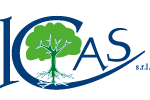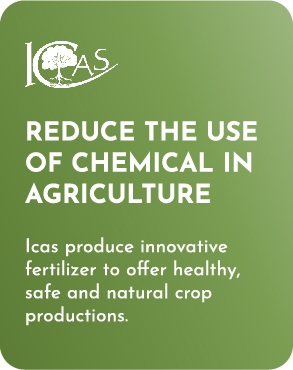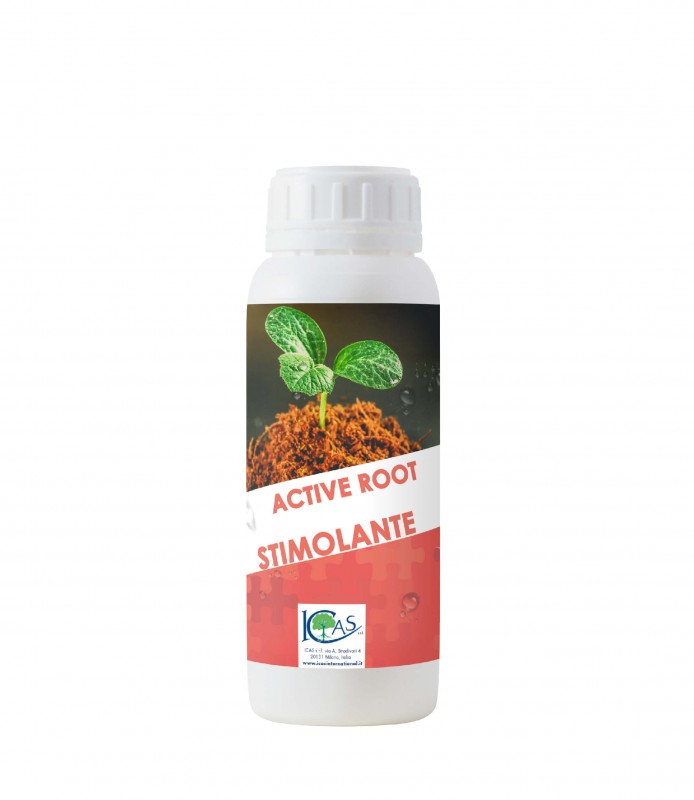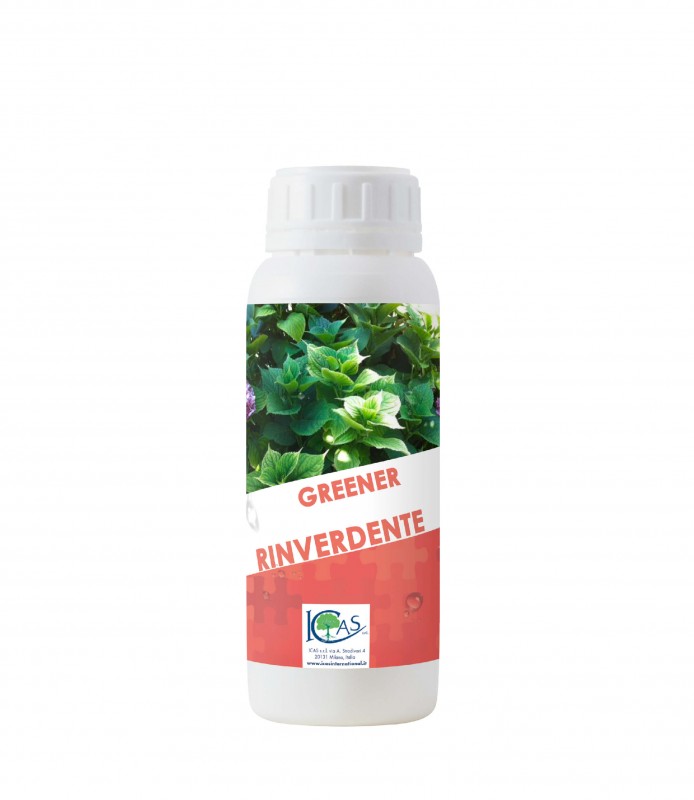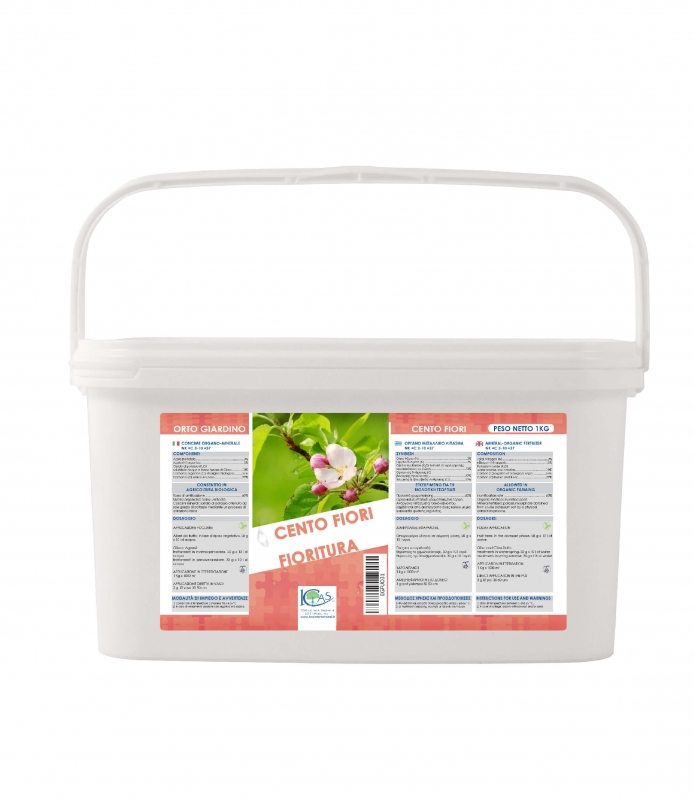Fruit trees
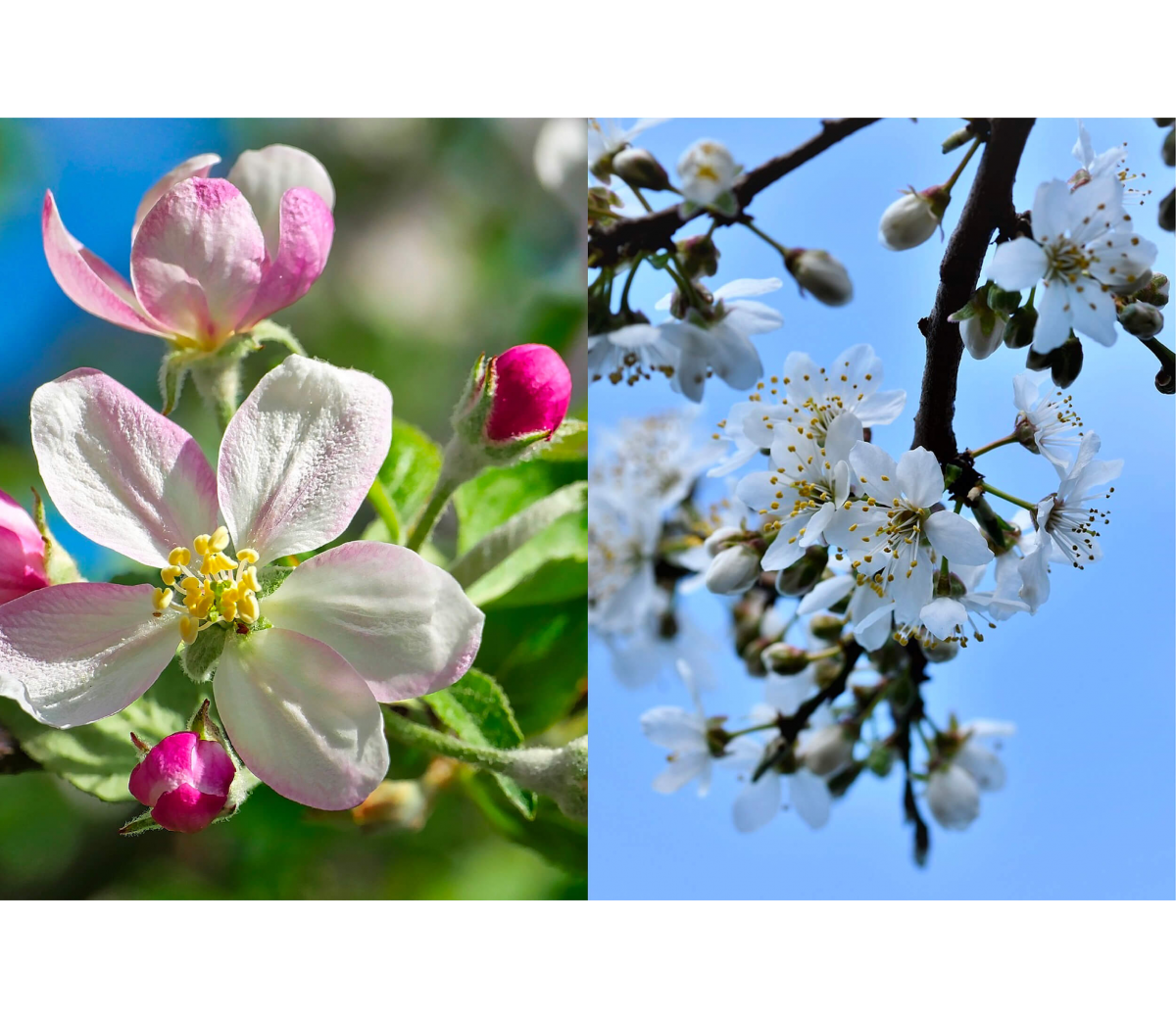
Fruit trees are among the most widespread crops, for large production, but also for those who have a vegetable garden or a garden close to their home.
In agronomy, fruit plants are generally divided into two classes, to which some of the most important fruit trees belong: pomaceous plants: apple, pear, quince…. fruit and stone fruit; separate category are citrus fruits.
Pomaceous plants: apple, pear, quince….
Stone fruit plants: peach, apricot, plum, cherry..
Citrus fruits: citrons, lemons, oranges, clementines….
Other plants: fig, pomegranate, olive tree..
Climbing fruit trees: actinidia, grapes..
The cultivation of fruit trees requires care such as fertilisation, protection against disease and pruning. In this period, with the arrival of spring, the fruit trees resume their activity. Due to the considerable difference in temperature between soil and air, the plants need support, to have a balanced reawakening up and therefore an abundant and homogeneous flowering.
1. We must first take care of the awakening of the soil, stimulate root activity, and promote the production of new roots. At the same time, we will favour the resumption of soil microbial activity.
For this purpose, we recommend the application of the product Active Root. Plant based product, based on mycorrhiza, allowed in organic farming. "Its formulation promotes the life of the plant by increasing the absorption capacity of its root system and resistance to environmental stress, thus decreasing the incidence of possible parasitic attacks. The presence of benign microorganisms in the root system significantly improves the quality of the area where the tree is "rooted".
2. Let us not forget to take care of the leaves!! At the reawakening up it will be necessary to supply assimilable iron in order to prevent chlorosis and therefore the foliar yellowing. Foliar chlorosis usually occurs in calcareous soils, where the iron present in the soil is difficult to absorb for to the root system.
“Iron (Fe) is part of the biosynthesis processes of chlorophyll; it is an important element for the activity of enzymes involved in processes such as carbohydrate metabolism, cellular respiration, the reduction of nitrites and nitrates. The presence of iron helps fixing the atmospheric nitrogen gas in the soil, another important element for the regular growth of plants and trees. Iron deficiency leads to a slowdown in vegetative activity with consequent anomalous accumulation of nitrates. This causes an alteration of the normal photosynthetic process, due to the plant's inability to synthesize chlorophyll and assimilate nitrates and thus the appearance of yellow leaves: "foliar yellowing".
CHELATES - The iron in the soil can be easily absorbed by plants thanks to the presence of soluble compounds, the soluble chelates. These products protect the metal (Fe) from the precipitation processes that make it unavailable; they solve the problem of chlorosis rather quickly, as they are readily available and absorbable by the roots. Regular use is recommended. In orchards they can be used in early spring, with the resumption of vegetative activity. For this purpose, we recommend the application of the product Greener, based on EDDHSA chelated Iron (Fe), it is allowed in organic farming.
3. Finally, let us take care of promoting the flowering of the plant, with the final goal of obtaining good and abundant harvests.
"We often wonder why our trees do not produce the fruits we expect, and the answer is almost always linked to a problem that occurs in the flowering phase, and/or pollination and/or fruit set (the change from flower to fruit carried out by the pollination process)".
Flowering and fruit set are key moments in the fruiting cycle of fruit trees. Flowering: it is the most delicate moment. A too hot winter season can lead to an early opening of the flower buds. On the other hand, in the case of the arrival of a late frost, for example in late March or early April, the entire cycle of the plant could be irreparably affected. Fruit setting: the production potential of the plant depends on the fruit setting. From this moment, in fact, the development of the fruit begins. The first objective to aim at is promoting a homogeneous opening of the buds which will allow to reach a phase of flowering and consequently a phase of homogeneous and abundant fruit set. For this purpose, we recommend the application of the product Cento Fiori; natural product, rich in bio-stimulating substances, it is allowed in organic farming. It promotes a uniform recovery of the epigeal activity of the plants.
